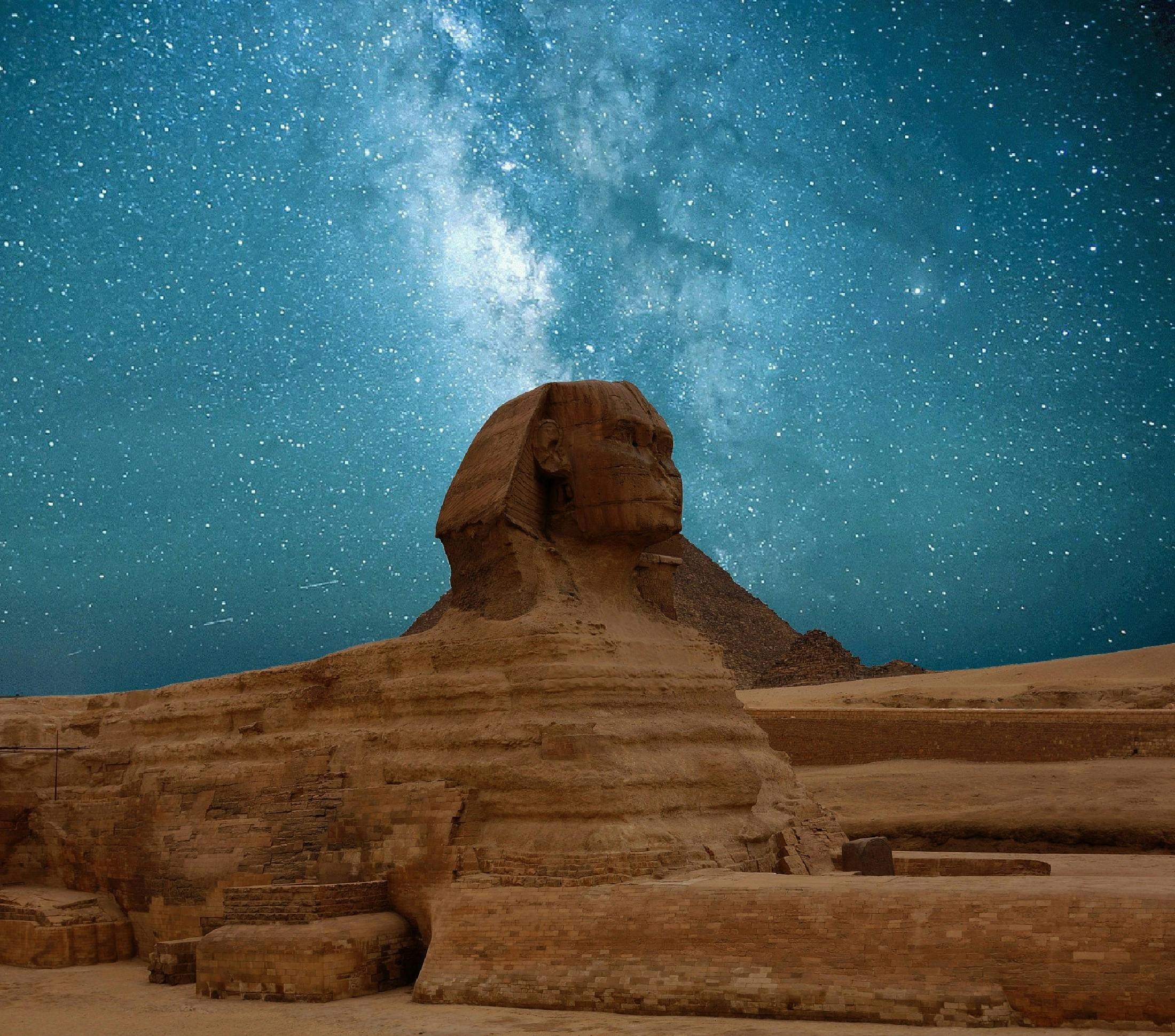Table of Contents
![]()
Introduction
Ancient astronomy, the study and observation of celestial bodies and phenomena in antiquity, played a crucial role in shaping early civilizations. Long before the advent of modern scientific methods, ancient peoples meticulously observed the heavens, developing early astronomical theories and tools. The influence of ancient astronomy extended far beyond mere stargazing; it impacted cultural practices, religious beliefs, and scientific developments. This article explores how ancient astronomy influenced societies, the legacy it left behind, and its continuing relevance today.
Historical Overview
Early Observations and Records
The earliest recorded astronomical observations come from the ancient Sumerians and Babylonians, who lived in Mesopotamia. The Babylonians were particularly advanced, creating some of the first known star catalogs and developing a sophisticated understanding of planetary movements. Their observations laid the groundwork for many future astronomical concepts.
In ancient Egypt, astronomy was closely linked to religion and architecture. The Egyptians aligned their pyramids and temples with celestial bodies to mark significant astronomical events such as solstices and equinoxes. This alignment was not only symbolic but also practical, aiding in agricultural planning and religious ceremonies.
The ancient Greeks made substantial contributions to astronomy, blending observational data with philosophical and mathematical theories. Greek astronomers such as Hipparchus and Ptolemy developed models to explain the motion of celestial bodies. Ptolemy’s geocentric model, which placed Earth at the center of the universe, dominated Western thought for over a millennium.
Major Contributions from Different Cultures
Mesopotamian astronomy was foundational to Western astronomical traditions. The Babylonians’ innovations in star classification and planetary observation influenced later astronomers in the Greek and Roman worlds.
The Mayans, with their advanced calendrical systems, demonstrated a profound understanding of celestial cycles. Their calendar, which was intricately linked to astronomical observations, guided agricultural and ceremonial activities. Mayan observatories, such as those at Uxmal, were designed to align with specific celestial events.
Indian astronomy, detailed in texts such as the Vedas and the Surya Siddhanta, provided early insights into the movements of celestial bodies. Indian scholars made significant contributions to trigonometry and planetary theory, influencing later Islamic and Western astronomers.
Influence on Culture and Society
Religious and Mythological Implications
Celestial bodies often held religious significance in ancient cultures. In Mesopotamia, the movements of planets were believed to reflect the will of the gods. Similarly, in ancient Egypt, the star Sirius was associated with the goddess Isis and was central to the annual flooding of the Nile, which was vital for agriculture.
In Greek and Roman mythology, gods and goddesses were often personified celestial objects. For instance, the god Apollo was associated with the Sun, and his sister Artemis was linked to the Moon. These associations reflected the deep connection between astronomy and mythological storytelling.
Agricultural Practices
Ancient societies relied on astronomical observations to guide agricultural activities. The timing of planting and harvesting was often based on the positions of celestial bodies. For example, in ancient Egypt, the heliacal rising of Sirius signaled the beginning of the Nile flood, which was crucial for agriculture. Similarly, the Mayans used their sophisticated calendar to determine the optimal times for planting crops.
Architecture and Urban Planning
The influence of astronomy on architecture is evident in many ancient structures. The alignment of the pyramids of Giza with the stars and the solstices reflects the Egyptians’ understanding of celestial cycles. In ancient Greece, the Parthenon’s orientation was aligned with the sunrise during the summer solstice, highlighting the integration of astronomical observations into architectural design.
Impact on Science and Technology
Development of Calendars
Ancient astronomers developed various calendar systems based on their observations of celestial events. The lunar and solar calendars of ancient cultures laid the groundwork for modern calendar systems. The Gregorian calendar, used today, evolved from these early systems and incorporates astronomical observations to keep the calendar year synchronized with the Earth’s orbit around the Sun.
Advancements in Observational Techniques
Ancient astronomers developed several tools to aid their observations. Instruments such as the astrolabe and the armillary sphere allowed astronomers to measure the positions of celestial bodies and track their movements. These early tools influenced the design of later astronomical instruments, such as telescopes.
Influence on Mathematical and Theoretical Astronomy
Ancient astronomy contributed significantly to the development of mathematical and theoretical concepts. Greek astronomers like Claudius Ptolemy used geometry to model the movements of celestial bodies, and their work laid the foundation for later scientific advancements. The use of trigonometry in astronomical calculations, a practice that began in ancient India, remains central to modern astronomy.
Legacy and Modern Relevance
Preservation and Rediscovery
Ancient astronomical texts and observations were preserved through various means, including manuscripts and inscriptions. During the Renaissance, scholars rediscovered these ancient works, which played a crucial role in the scientific revolution. The reintroduction of ancient astronomical concepts and techniques helped shape modern scientific thought.
Continuing Influence on Modern Astronomy
The principles and techniques developed by ancient astronomers continue to influence contemporary astronomy. Modern astronomical methods and tools, such as advanced telescopes and space missions, build upon the foundations laid by ancient observations. The study of ancient astronomy also provides valuable insights into the historical development of scientific ideas.
Educational and Cultural Impact
Ancient astronomy remains a significant part of educational curricula and cultural discussions. The study of ancient astronomical practices offers a window into the intellectual and cultural achievements of early civilizations. Additionally, ancient astronomy frequently appears in popular culture, reflecting its enduring fascination.
Conclusion
Ancient astronomy, with its rich history and profound influence, has shaped the development of human understanding in numerous ways. From its impact on cultural practices and architectural design to its contributions to scientific advancements, the legacy of ancient astronomy is both deep and lasting. As we continue to explore the universe, the foundations laid by ancient astronomers remind us of the enduring quest for knowledge and the profound connection between humanity and the cosmos.
Share This





Be the first to comment